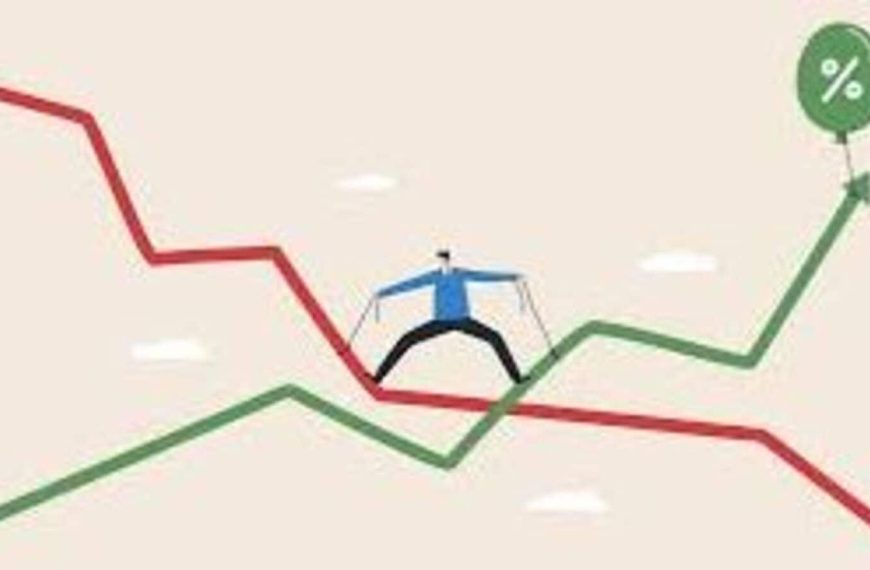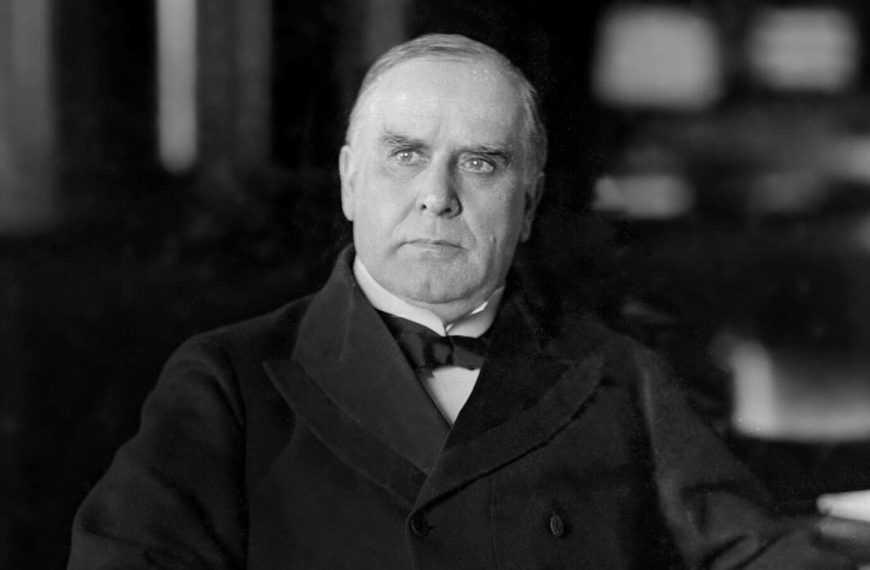J.P. Morgan and Goldman Sachs Predict Economic Growth for Euro Area in 2025
Recent insights from J.P. Morgan suggest promising economic growth for the Euro area in 2025, aligning with predictions made by Goldman Sachs. Both financial giants anticipate a modest increase in growth, primarily attributed to Germany’s fiscal reforms aimed at loosening budget constraints. This economic optimism reflects a potential boost in the region’s overall financial landscape.
Economic Projections for 2025 and Beyond
According to J.P. Morgan’s analysis, the economic growth for the Eurozone is projected to rise by 0.1 percentage points, reaching 0.8% in 2025. For the following year, 2026, the forecast is even more encouraging, with an expected growth rate of 1.2%, marking an increase of 0.3 percentage points.
- 2025 Growth: 0.8% (+0.1 percentage points)
- 2026 Growth: 1.2% (+0.3 percentage points)
Factors Influencing Growth
The primary driver behind these optimistic projections is Germany’s ongoing reforms, which aim to relax fiscal policies. J.P. Morgan economists highlighted that these changes could have a ripple effect, positively impacting growth across other regions in Europe. They noted, “The adjustments in Germany’s fiscal stance are likely to benefit surrounding nations as well.”
Germany’s New Government Initiatives
Last week, negotiations among parties forming Germany’s new government led to an agreement to relax fiscal rules. This decision could pave the way for an almost €1 trillion borrowing spree targeting defense and infrastructure projects, which is expected to stimulate the economy significantly.
Inflation and Interest Rate Outlook
Despite these encouraging growth figures, J.P. Morgan remains cautious about potential challenges. They indicated that uncertainty stemming from U.S. tariff policies could hinder economic expansion in the near term. Furthermore, inflation rates in the Euro area are predicted to see a slight uptick this year and into next year.
Recently, the European Central Bank (ECB) made headlines by reducing the deposit rate to 2.5%, marking its sixth cut since June. However, the bank also expressed concerns about "phenomenal uncertainty," including the risk that increased defense spending and trade wars might drive inflation higher. As a result, J.P. Morgan does not foresee any rate cuts in April, revising its earlier estimate for three rate cuts this year down to two, anticipated in June and September.
Conclusion
In summary, while the economic forecast for the Eurozone appears optimistic, particularly for Germany, there are underlying risks that could impact growth. The interplay between fiscal reforms, inflation pressures, and international trade dynamics will be crucial in shaping the Euro area’s financial future. As the situation develops, investors and policymakers will need to stay vigilant to navigate the complexities of the current economic landscape.
For more insights into the European economy, consider reading this detailed analysis on the potential impacts of fiscal policies.











